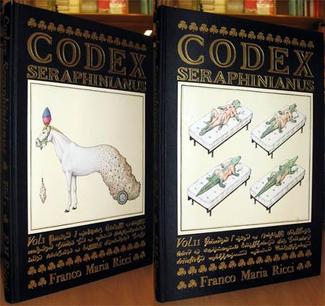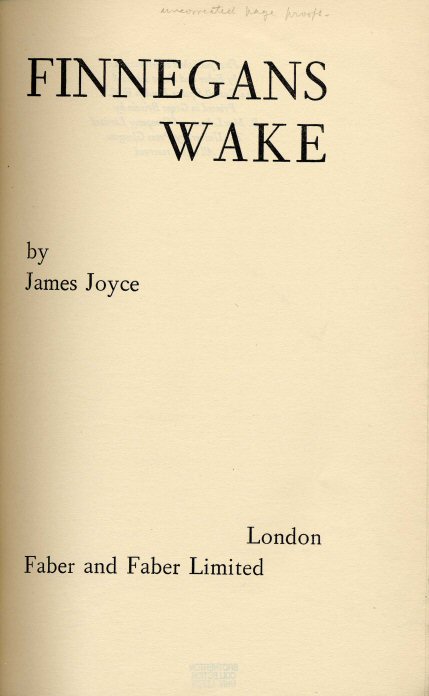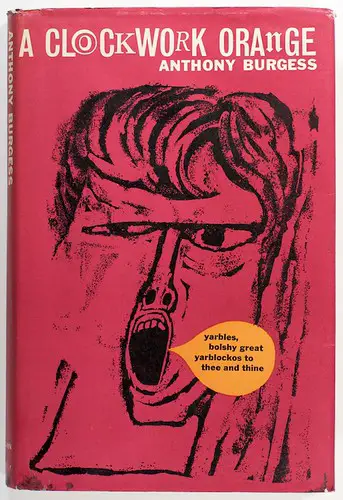When was the last time you struggled desperately to understand what the larger-than-life characters in a book were talking about? You can pull out your handy-dandy dictionary, use the self-indulging Google search engine, or ask a promising friend only to still be uncertain. It could be that the characters you faithfully read about have their own made-up dialect. As if learning a foreign language was not hard enough, you have to take the initiative into being two steps ahead of the masses.
Have some fun while you’re trying to learn a made-up language. Maybe the entire language is gibberish, but try to keep a straight face. I don’t know what type of sense of humor you have, but if a book with a fictional language has any laugh-out-loud moments, it can be rather difficult to find them. Novels like George R. R. Martin’s A Song of Fire and Ice, which has the language of Dothraki that is spoken by the Dothraki people of the Dothraki Sea, and George Orwell’s Nineteen Eighty-Four, where there’s the Newspeak language, include some humor. If you’ve read this far into the article, you’ll likely be interested in these five books with conlang (also known as constructed language).
5. Codex Seraphianus by Luigi Serafini
I am aware that Codex Seraphianus by Luigi Serafini (1981), with an encyclopedia of an alien world on illustrated pages, is a one-of-a-kind book, and if you prefer all things bizarre (like pages showcasing fauna portrayed as otherworldly versions of animals, a man riding in his own coffin, and a couple having sex metamorphoses into a crocodile), the odds are, you’ve heard about Codex Seraphianus.

Such a book can take interrogating the author to find out the true meaning of each detailed picture, and if that happened, he’d probably verbally speak in a meaningless language. If you search online, you will find some interviews the Italian artist did about Codex Seraphianus.
4. The Klingon Hamlet by William Shakespeare
Basically, if you have never been too enthusiastic about William Shakespeare in your previous years, you should avoid The Klingon Hamlet (also known as The Tragedy of Khamlet and Son of The Emporer of Qo’noS), because it’s a translation of Hamlet into Star Trek’s Klingon. Shakespeare’s books have been translated into 80 languages, so why not add a totally made-up language to his established work? Grab the book, take a look, and fill your mind with fancy words that can make you feel insane.

3. Finnegans Wake by James Joyce
Finnegans Wake (1939) will provide you with neologisms, portmanteaux, linguistic hybrids, and a bit of gibberish. For ongoing paragraphs, Finnegans Wake reads like a legitimate foreign language, but it’s too good to be true. Finnegans Wake covers themes such as tragic love as embodied in the story of Tristan and Iseult, the motif of the warring brothers, the personification of the landscape, the curiosity of Earwicker’s crime in the park, which appeared to be voyeuristic, sexual, or scatological nature, and the precise nature of which is left uncertain.
This book remains one of the most difficult works of fiction in the Western canon. Hopefully, you are the first person to attempt learning this made-up language and don’t have to experience a long-awaited language barrier.
2. A Clockwork Orange by Anthony Burgess

Having an impact on literature, including writers such as Martin Amis, William Boyd, J.G. Ballard, and A.S. Byatt, music (‘Ultraviolence’ by New Order, ‘Horrorshow’ by the Libertines, and Sepultura’s album A-Lex), and visual culture, such as Heath Ledger’s Joker performance in The Dark Knight and Reservoir Dogs, as well as television shows like The Simpsons and South Park), A Clockwork Orange (1962) is the dystopian novel that Anthony Burgess is most known for.
A Clockwork Orange is primarily concerned with the conflict between the individual and the state, the inhumane juvenile violence, and the possibility of redemption. If you’ve not seen the drama/crime A Clockwork Orange (1971) directed by Stanley Kubrick, do not let anyone spoil the details for you.
In A Clockwork Orange, the constructed language known as Nadsat is spoken by the droogs. Nadsat derives from the Russian word meaning “teen.” Burgess was inspired by the mixture of Russian, Elizabethan English, Romany words, Cockney rhyming slang, the Bible, and military jargon. He used Russian because he learned the basics of the language prior to visiting Leningrad in 1961.
1. A Girl Is a Half-Formed Thing by Eimear McBride
A Girl Is a Half-Formed Thing is the debut novel of Elmear McBride and is written in dense, interrupted, and shattered language. Find a way to read this Irish fiction and drama book and you know it has details about a blasphemous daughter with a departed father, an abusive mother, a predator uncle who took advantage of her at the age of 13, meddling priests, and vain prayer. The narrator talks like an adult from when the girl was five years old and aging but describes her sexual relationship with her uncle as repulsive and satisfying.
Because of her sexual experience, she’d seek revenge on boys that bullied her brother by grabbing their genitals and not pleasuring them. Do you really want to read a book about a blasphemous daughter? If so, maybe knowing that A Girl Is a Half-Formed Thing won the inaugural Goldsmiths Prize in 2013 and the 2014 Baileys Women’s Prize for Fiction. Eimear worked on A Girl Is a Half-Formed Thing for seven years before it was published in 2013. When Rachel Cooke asked in an interview for The Guardian how she feels about it, her response was, “I occasionally have moments when I think: none of this might have happened…”
If you’re interested in learning a fictional language, check out your local bookstore to see if any of these books are in stock.
